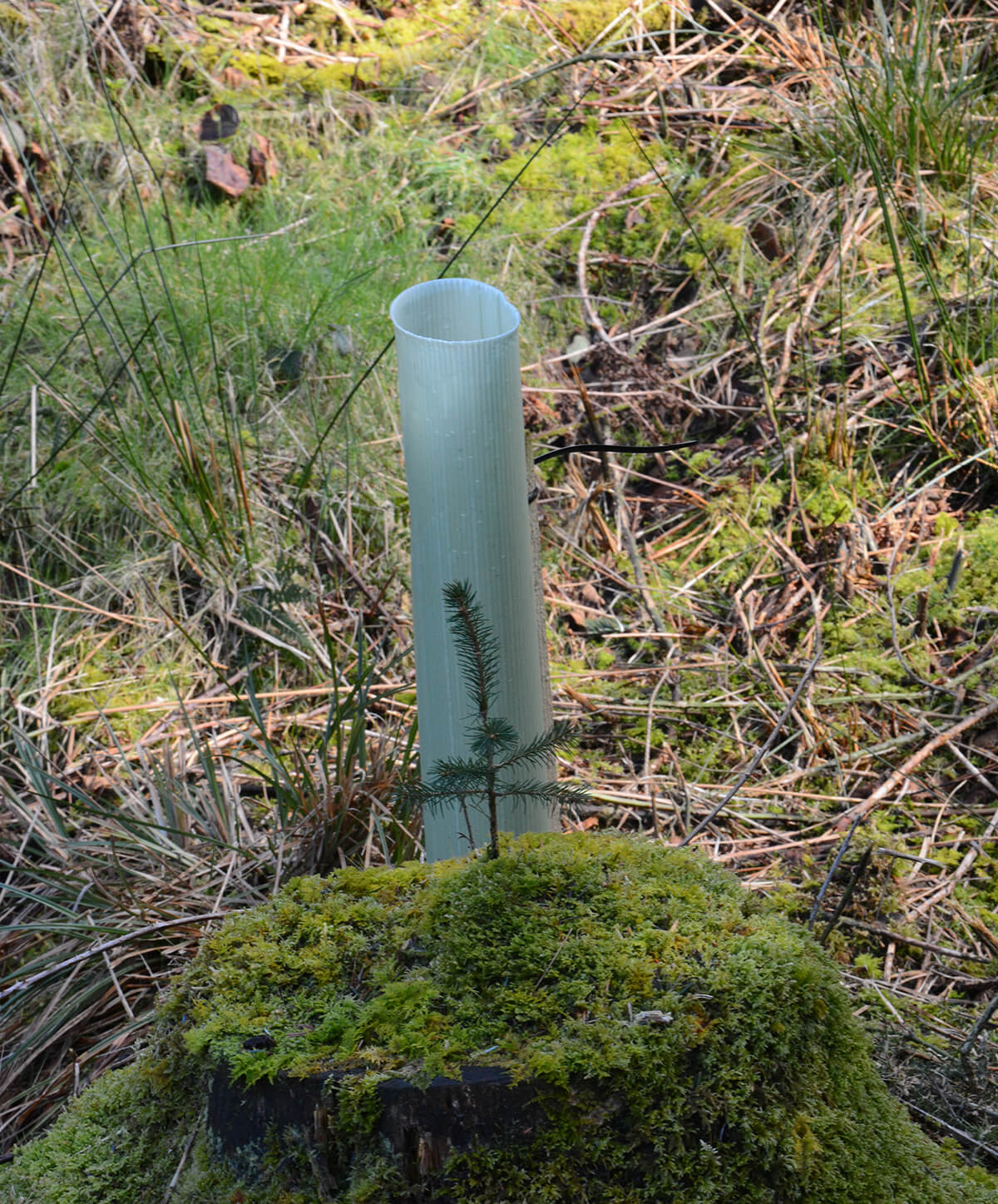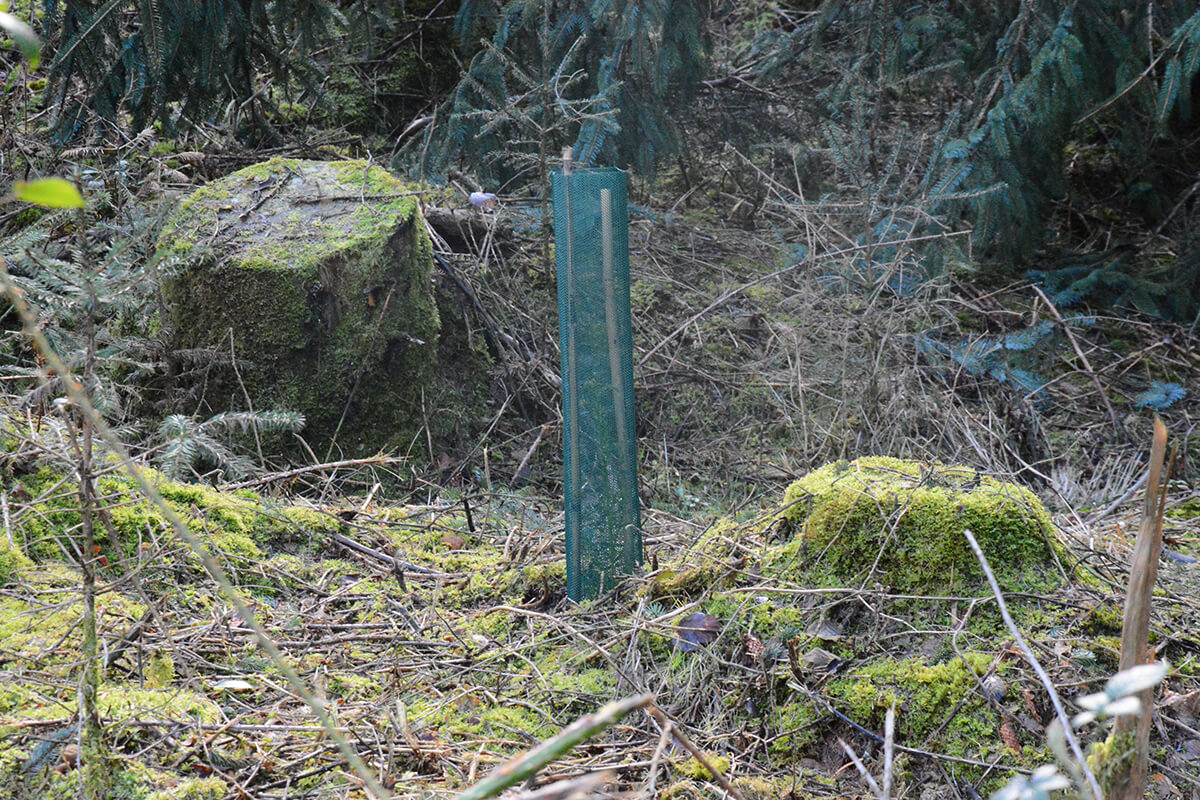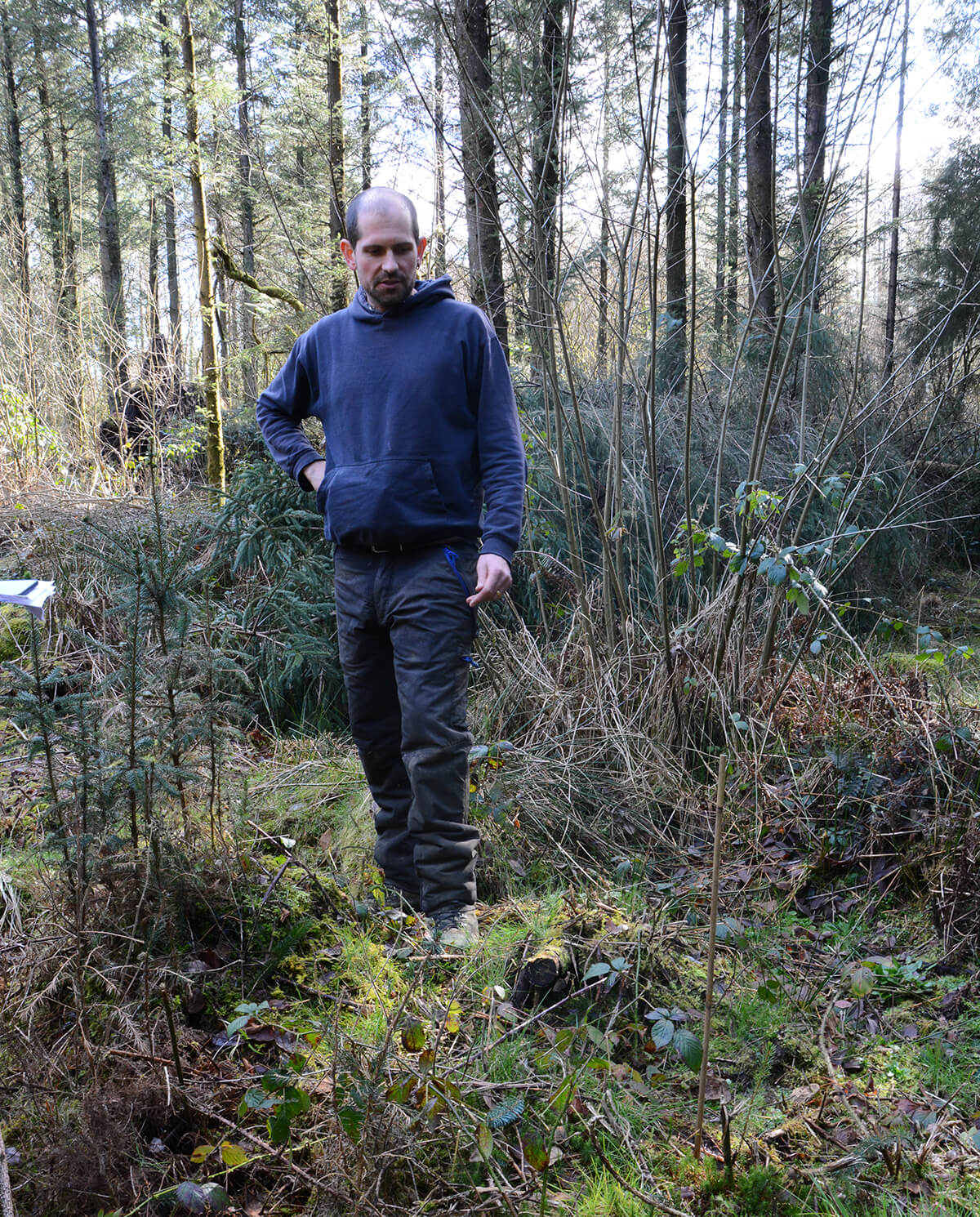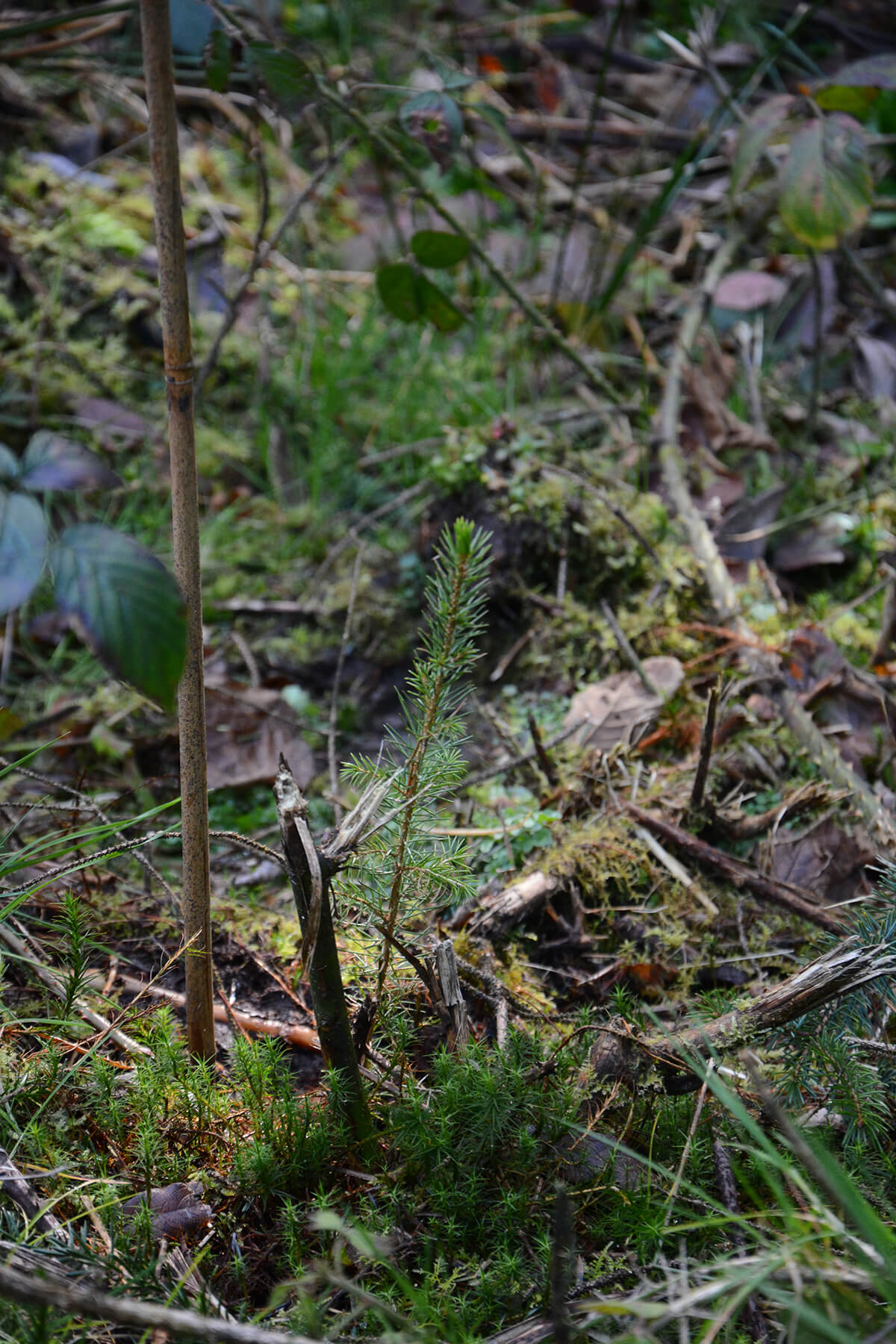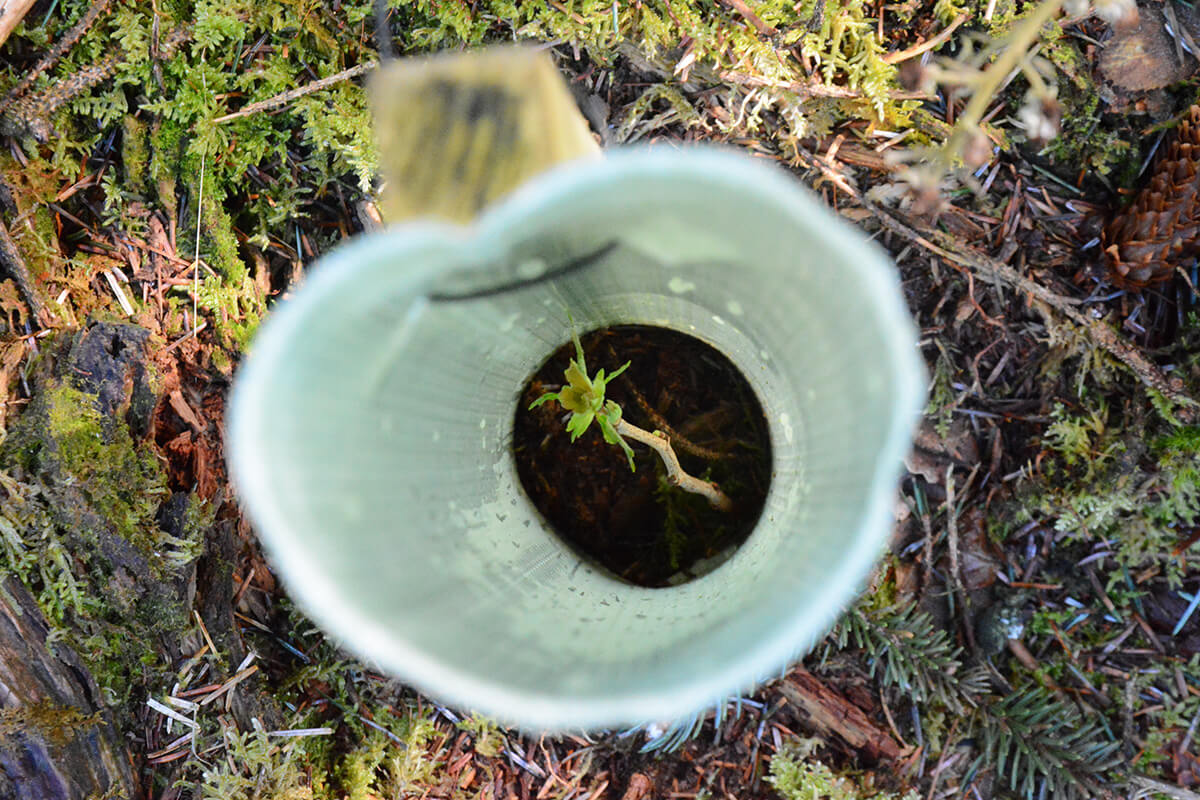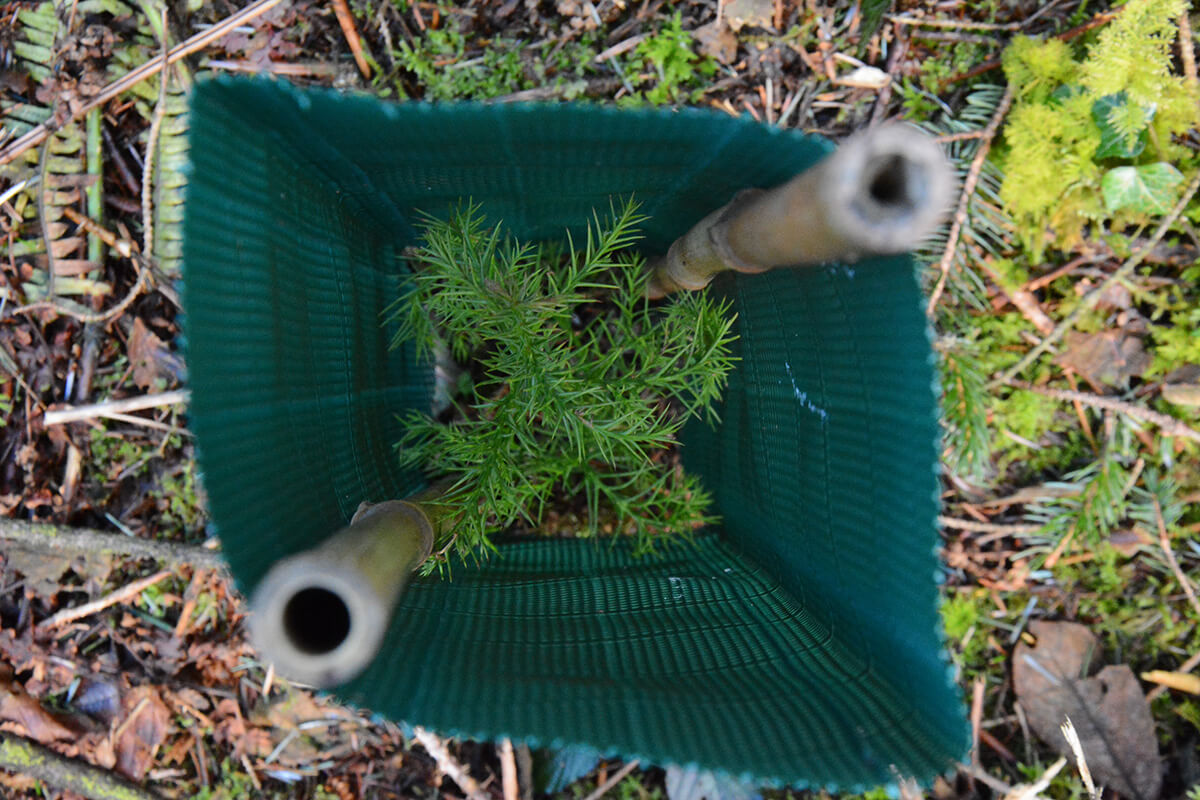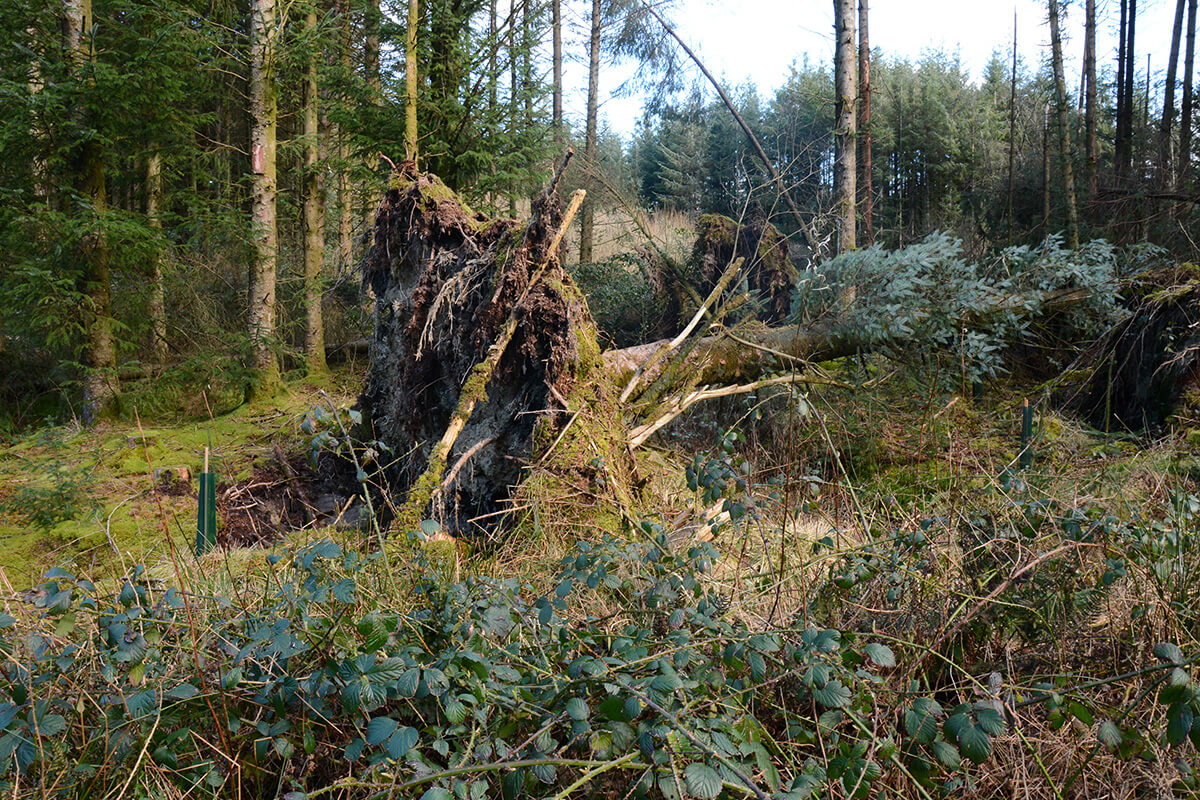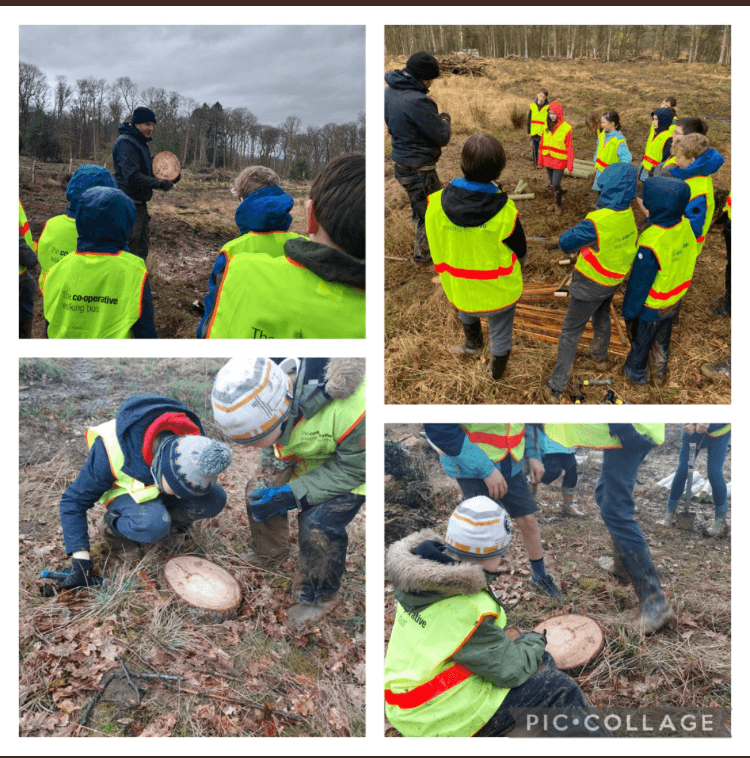Rose Uniacke supported the planting of 7,200 climate resilient trees across the UK in 2021 - 2022
Climate resilient treescapes for the future have been created across the UK thanks to support from Rose Uniacke. In partnership with GreenTheUK and the Royal Forestry Society, these trees have been planted in Nork Yorkshire, Pembrokeshire and Stirling. In this report, learn more about the plans for the individual sites and interesting facts about the species planted at each.
Thanks to the Rose Uniacke team, these trees will increase each woodland’s resilience to pests, diseases and/or climate change. The sites will transform into habitats where our local wildlife can flourish. Improving biodiversity and carbon sequestration are key benefits of this scheme.

Tree Species Planted:
2,000 trees planted in Pembrokeshire, Wales
This woodland in rural Pembrokeshire has previously been badly affected by storm damage and was at high risk of damage from pests and diseases. The area is being planted with lots of different trees to encourage wildlife and to provide resilience against the effects of climate change (including by planting storm resilient trees). Honeybees will also be kept in this woodland and so flowering tree species that will attract foraging bees have been specially chosen.
400 trees planted in North Yorkshire, England
In this innovative project in North Yorkshire the owners are converting a spruce plantation to a diverse mix of tree species to build in resilience against climate change, help protect against pests and diseases and improve the woodland for local wildlife.
4,800 trees planted in Stirling, Scotland
An existing mixed woodland rich in biodiversity (red squirrels, pine martins, otters etc.) is sensitively felling and thinning stands of overstocked oak planted 150 years ago as a plantation. Will be restocked with 60% oak, 20% beech and 20% hazel, holly and hawthorn. This mix of species will shift the management objectives towards prioritizing biodiversity over commercial felling and ensure a mix of understory species that will continue to create diverse habitats.

UN's Sustainable Development Goals
As a GreenTheUK partner, you support projects that are in line with the UN Sustainable Development Goals.

Take urgent action to combat climate change and its impacts.

Sustainably manage forests, combat desertification, halt and reverse land degradation, halt biodiversity loss.











































































